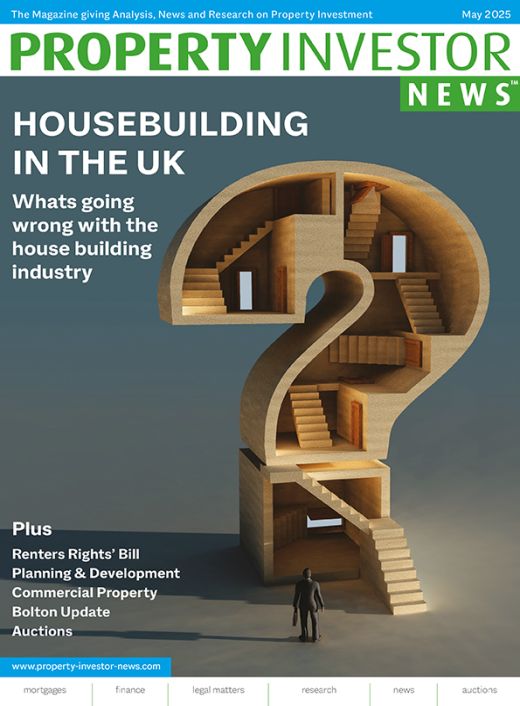The “Land for the Many” is a recently published report commissioned by the Labour Party. It looks to address issues within society surrounding housing and tries to identify land (vacant or that part a building sits on), as a fundamental component that has been “taboo” in the discourse until now. At this point it is splitting hairs as to whether it is official policy. The report makes some recommendations for future policies to address these issues.
These recommendations are radical changes to the current system. They can’t be written off as crazy, extreme left-wing ideas, any more than the Green’s Party mortgage finance restriction before the 2015 general election, that then came to be implemented by the Conservative party under George Osborne as “Section 24”.
Shooting fish in a barrel – questionable basis
It should come as no surprise that “Land for the Many” is a classic misrepresentation of the facts in service of the cause. Below I will illustrate a key one of these but literally each page is riddled with questionable facts, methodologies and facts presented as statements with no supporting evidence.
Overestimating housebuilding
It is commonly stated that the UK hasn’t built enough houses by a wide margin for several decades. This becomes a problem of basic economics. If demand is greater than supply, prices must increase. With consistent population increase due to births and immigration, demand is increasing. As demand is doing so at a faster rate than the number of new houses to satisfy demand, the backlog and problem is getting exponentially worse.
Thus, it was very surprising to see the claim on page 21 that even if the UK had built “300,000 new homes every year since 1996, average house prices would only be 7% cheaper”. That didn’t make any sense. Upon inspecting reference #51, the cited source was a blog – medium.com. The blog claimed that the UK had been building 200,000 homes a year since 1996.
Official Government “House building: new build dwellings, England” averages around 130,000 new dwellings a year with counterpart government official statistics for Scotland around 20,000, 6,800 for Wales and 5,000 for Northern Ireland, giving an average total of around 162,000 new houses annually across the UK. Thus, the baseline for their calculations is already understated by ~25%.
It then cites:
- “if the number of households increases by 1%, house prices would increase by about 2%
- If housing stock increases by 1%, house prices would fall by around 2%”




















